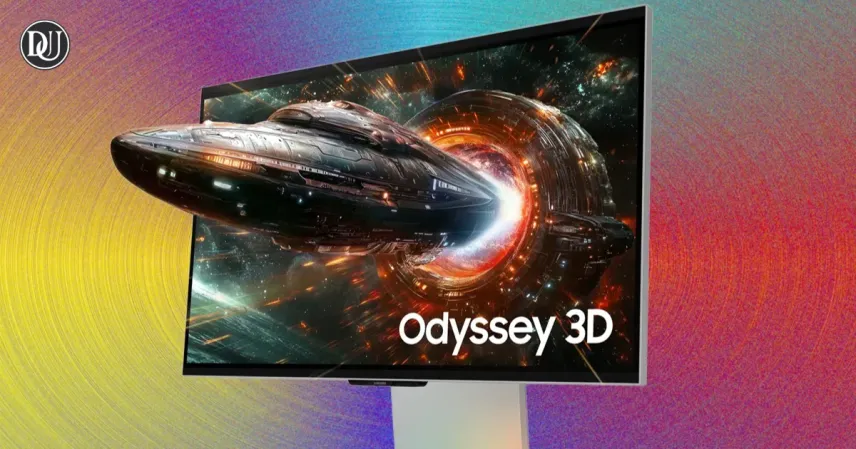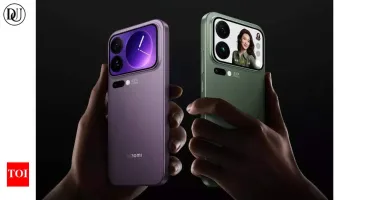So, here’s something kind of surprising: 3D tech is back. Yeah, remember those 3D movies and TVs from years ago? They kind of just disappeared after a while, mostly because wearing those special glasses felt annoying, and honestly, the whole experience didn’t feel worth the hype for most people. But now, 3D is returning — and this time, you don’t need to wear anything on your face to experience it.
Companies like Leia Inc. are behind this new wave. They’re developing glasses-free 3D for things like tablets, laptops, and monitors. And it’s not just a gimmick. These screens use a mix of eye-tracking, lenticular lenses, and some smart AI that guesses where your eyes are going to be, so the 3D effect stays solid even as you move. It actually feels more natural and less forced than before.
What’s Pushing the New 3D Forward
The biggest reason 3D didn’t work out last time? Content. There just wasn’t enough of it, and making it was expensive and slow. But things have changed. Now AI can help turn regular 2D images and videos into 3D automatically. That’s a game changer because it means creators don’t have to start from scratch to support 3D — they can convert what they already have.
And the hardware is catching up too. Samsung, for example, is releasing a 3D monitor called the Odyssey with no-glasses 3D support. It’s not cheap (about $2,000), but it shows how serious companies are about this tech now. They’re not just adding 3D to impress — they’re building it into devices in ways that actually make sense for things like gaming, video editing, and even video calls.
Don’t Expect 3D TVs to Come Back Just Yet
Here’s the catch though: this new 3D is more focused on personal devices — like a laptop screen, a phone, or a single-user monitor. So if you’re thinking this means 3D TVs are going to return to living rooms, probably not. The tech works best when one person is viewing it from the right angle, and that’s hard to manage in a big room with multiple people watching.
But even without the TV comeback, it looks like 3D has found a more practical direction this time. It’s not trying to take over every screen in your house. Instead, it’s becoming part of how we interact with personal screens — especially for people who game, work with media, or just want something visually exciting on their devices.
Final Thoughts — Will This Stick Around?
It’s early, sure. But honestly, it feels like this version of 3D actually has a shot. The tech doesn’t feel like a party trick anymore. It’s built to be more useful and way more comfortable than what we had years ago. No glasses, no awkward setups, and thanks to AI, a lot more content to actually use it with.
So yeah, 3D might finally be ready for real life. Not for everyone, not everywhere, but definitely something to keep an eye on — especially if you’re the type who likes being a little ahead of the tech curve.










